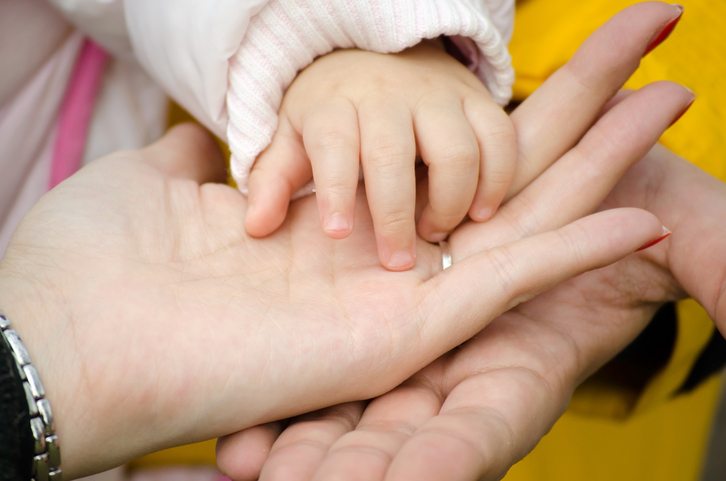
In the 1979 Oscar nominated movie Kramer vs. Kramer, Dustin Hoffman and Meryl Streep play two parents locked in a bitter child custody battle. Although the film goes somewhat over the top emotionally, the fact remains that child custody represents one of the most gut wrenching legal processes parents go through. Who’s right and who’s wrong in child custody cases? Well, child custody is not a black or white issue.
Child custody is a murky gray area of family law.
Types of Child Custody
Parents in the middle of a divorce proceeding have three main types of child custody resolutions to consider. Family courts ultimately base child custody cases on what best for the child. Physical custody refers to which parent has a majority of the physical custody. Courts rarely make sole physical child custody decisions. Legal custody means one parent has the legal right to make all of the important life decisions for children under an age mandated by the state. Joint custody attempts to find an agreeable middle ground that establishes a schedule in which a child spends time with both parents.
How Are Child Custody Decisions Made?
The guiding principle in any child custody decision should be one question: What is the best interest of the child. However, what does “best interest” mean? Courts consider several factors, before reaching a decision in child custody cases. First, a child’s wish plays a huge role in determining custody. The age that a child has the legal right to express his or her wish varies by state. Second, the mental and physical health of both parents comes under consideration. Any evidence of substance abuse by either parent typically disqualifies the parent from gaining custody of a child. Courts also take into account how a child will adjust to a new school and community.
Here are some more factors that determine child custody cases:
- Religious considerations
- Cultural considerations
- Stability of new home
- Relationship with siblings
- Relationship with stepfather or stepmother
- Age
- Gender
- One parent exhibits excessive discipline
- One parent expresses intense anger outbursts
- Evidence of sexual abuse
The Legal Responsibilities of the Primary Caretaker
After a court considers all of the factors listed above, a legal decision might come forth based on who was the child’s primary caretaker during marriage. Primary caretaker is relevant because most psychologists stress the importance of the strong relationship between a child and his or her primary caretaker. This is especially pertinent for infants, toddlers, and grade school aged children. The emotional bond between a child and primary caretaker helps a child pass through the numerous developmental stages of life.
A primary caretaker performs the following obligations for a child:
- Plan and prepare meals
- Purchase clothes and school supplies
- Make health care appointments
- Bathing, grooming, and dressing
- Participate in after school activities
- Supplement education by teaching math, writing, and reading skills
Other issues come into play in determining the primary caretaker, such as the amount of volunteering a parent performs for a child’s school. The responsibilities performed by a parent appear to favor mothers, but that perception has changed because of the increase in the number of two working-parent homes. In fact, the rise in the number of dual income homes has prompted a corresponding rise in the number of joint custody decisions.
You cannot afford to roll the dice and lose one or more of your children. Child custody cases require the experienced legal advice of a licensed family law attorney. Family law lawyers that specialize in child custody cases understand how to present your case in the most favorable light before a judge. Don’t hesitate to contact a family law attorney today.
